Amendment Strategy for Patent Application Documents in China
Article 33 of the Patent Law stipulates that "the applicant may make amendments to the patent application documents", but "the amendments to the patent application documents for invention and utility model shall not exceed the scope of the original description and claims, and the design modification of the application documents shall not exceed the scope indicated by the original pictures or photos.”
For an application for a patent for invention, the applicant has two times to revise the filing documents voluntarily: one is the time when filing the substantive examination; the other is within 3 months from the date of the notification of the invention patent application entering the substantive examination stage.
For utility model and design applications, there is only one time for voluntary amendment: the patent applicant may, within 2 months from the filing date of the application, voluntarily apply for the amendment for a utility model and a design patent application. But, when the applicant amends the application documents after receiving the notice of examination action from CNIPA, he shall make amendments to the defects pointed out in the notice.
After receiving the Office Action from CNIPA, the applicant shall not voluntarily make amendments, such as voluntarily adding claims, voluntarily deleting or changing the technical features in the independent claims, resulting in the expansion of the scope of the claimed protection; even if the contents of the amendments do not exceed the original description, the said amendments are also not regarded as a modification of the defects pointed out in the notice from CNIPA. In conclusion, it can be seen that the power of passive modification is limited to the defects pointed out in the official notice, and the modification power is far less than the power of voluntary modification. Therefore, if the applicant wishes to amend the filing documents, he should seize the opportunity of voluntary modification.
In the invalidation procedure, the patentee of the invention and utility model can also make amendments to the patent documents, only to amend the claims; for a design patent, if only one design is involved, the patentee shall not amend its patent documents; if multiple similar designs are involved, the patentee may delete some of the similar designs. In the invalidation procedure, the specific ways of amending the claims are generally limited to the deletion of claims, the deletion of technical solutions, and the modification of claims by means other than deletion. The amendments to the two ways of "deletion of claims and deletion of technical solutions" can be made before the examination decision is issued. The amendment to the way of "modification of claims by means other than deletion" covers two ways: "further limitation of claims" and "correction of obvious errors". Amendments to claims by means of "other than deletion" may be accepted only if they are made within the response period in the following three situations: for invalidation requests; for additional invalidation grounds or supplementary evidence; for grounds or evidences for invalidation as introduced by the collegial group, but not mentioned by the petitioner.
According to the examination guidelines, the scope in the original description and the claims includes the content described in the original description and the claims, and the content which can be directly and unambiguously determined, as described in the original description and the claims as well as the drawings.
The subject of judgment on whether it can be "directly and unambiguously determined" is a person of ordinary skill in the technical field, and the object of judgment is the comparison between the amended content and the content explicitly recorded in the original application documents. Those skilled in the art should refer to the common knowledge or common technical means at the time of the application, and reasonably combine the content clearly recorded in the original application document with common knowledge or common technical means, etc, on basis of which directly and unambiguously determine the content of the modification.






